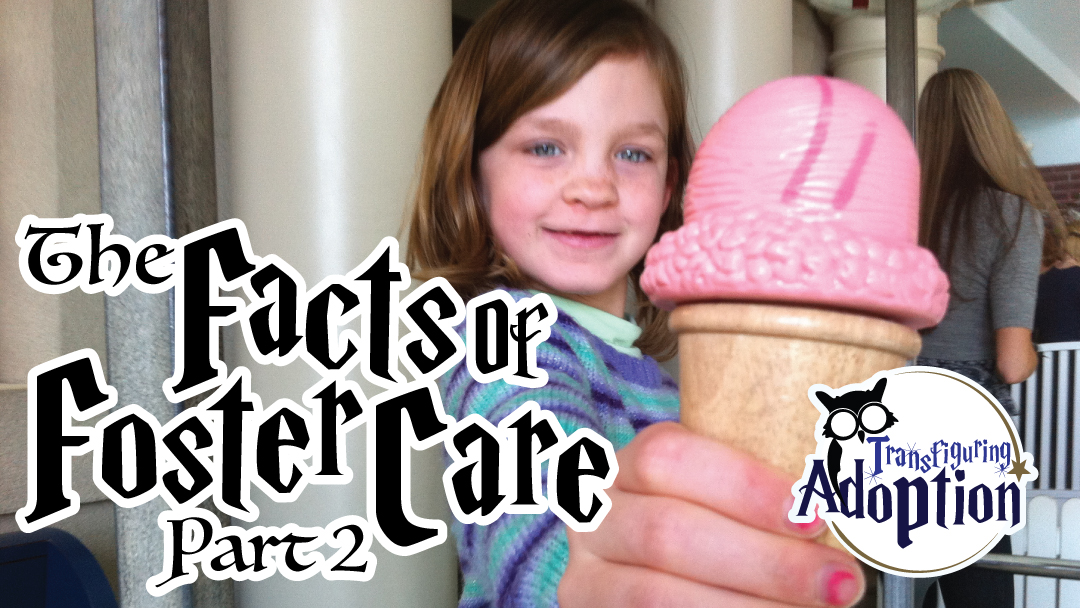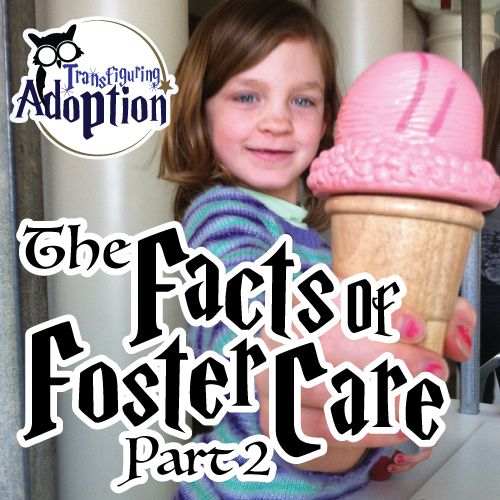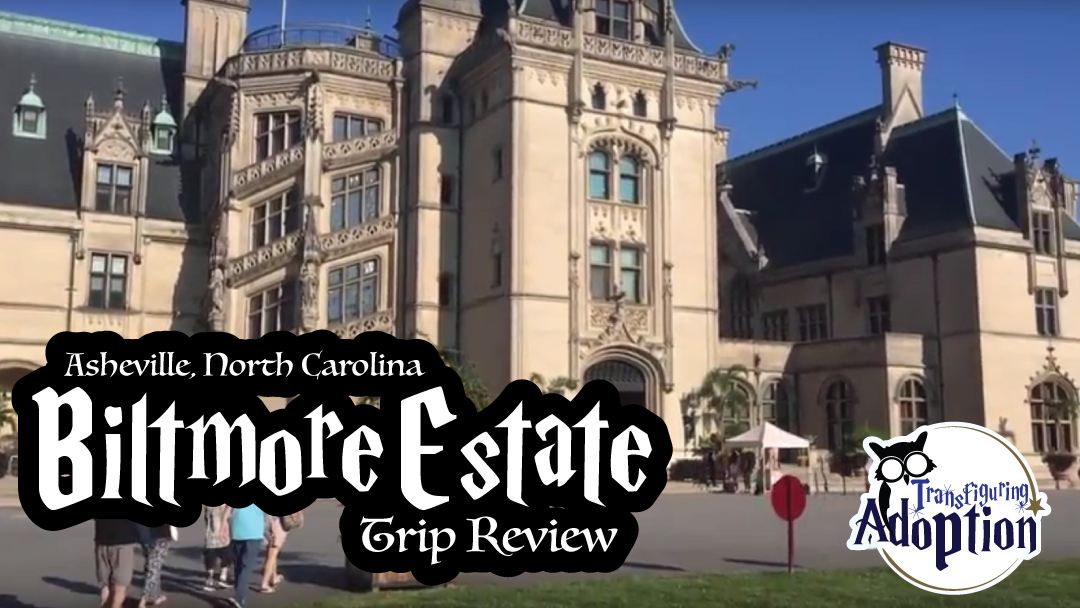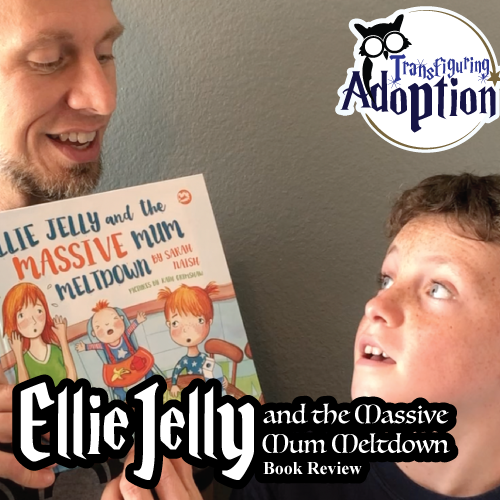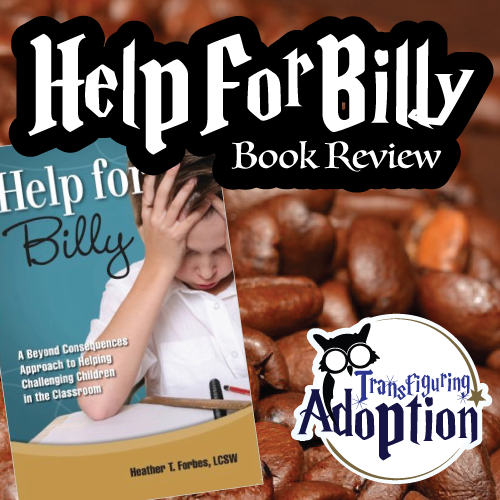Where Do We Go From Here?
Last week I introduced you to an infographic created by Simmons College called “Demystifying the Foster Care System”. I briefly discussed that the information shared in this picture calls for the need to be aware of how foster and former foster children are learning and growing in the school environment. This ranges in awareness from classroom management styles to closing academic learning gaps. As teachers, one of the greatest passions behind our job is helping children reach their highest potential in all areas of their life. It is why we do what we do. The statistics behind the foster care system should encourage us to continue building that passion because there are students out there who need our help, encouragement and support.
“The statistics behind the foster care system should encourage us to continue building that passion because there are students out there who need our help, encouragement and support.”
As an educator, the bottom section of this infographic, “Poor Outcomes for Foster Youth” is what alarms me most. While I don’t have control of every aspect that leads to these types of statistics, there are some things I can do when a foster or former foster child is in my classroom to help because I never know what may be the defining factor in steering them away from these behaviors. After all, isn’t that the desire we have as educators – wanting our students to make positive decisions that productively add to themselves, their family and the community around them.
“Working with colleagues, the staff of a school can create a safe place for foster and adopted children to learn and grow. It is through that community that these statistics can be reversed.”
So many of these behaviors are linked together that it is near impossible to pinpoint which one would come first. Each child may have a tendency towards one or two of these behaviors than the others and each educator may be able to addresses issues in one or two of these issues better than the others. What will benefit these children the most is for a school community to come together to support them and their specific needs. Where one teacher may address one area of need another teacher can address another. Working with colleagues, the staff of a school can create a safe place for foster and adopted children to learn and grow. It is through that community that these statistics can be reversed.
Demystifying Foster Care, SocialWork@Simmons
